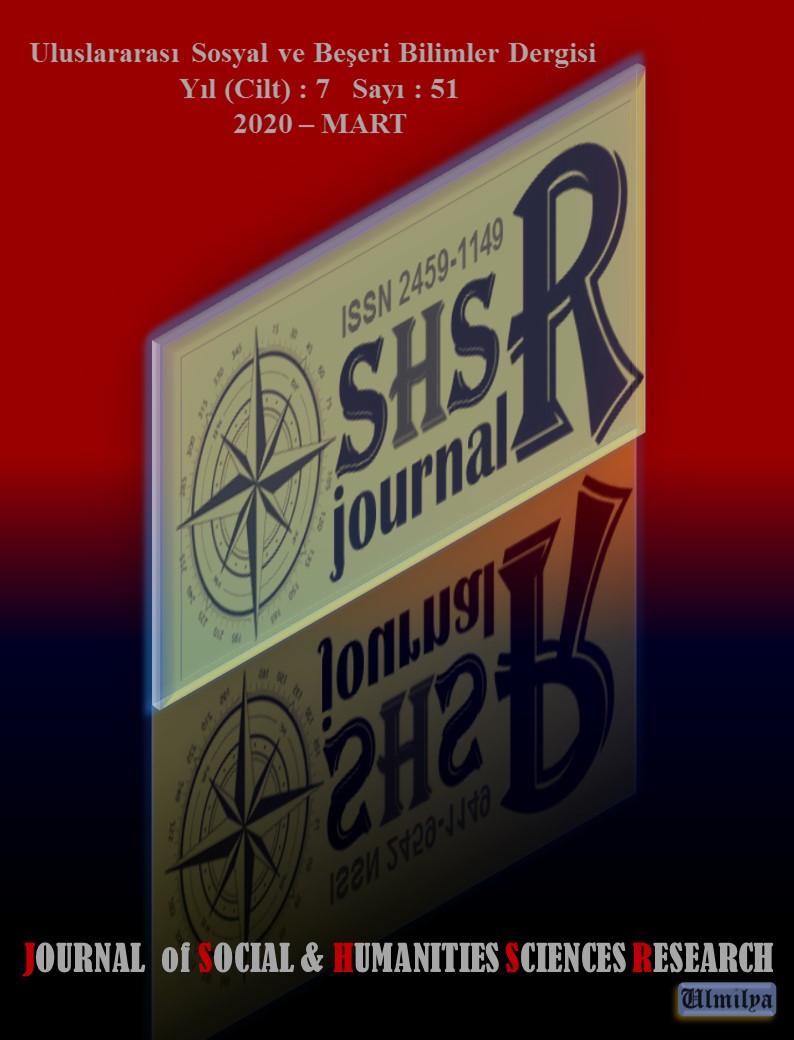EVALUATION OF TRADITIONAL TURKISH HANDICRAFT IN TERMS OF TOURISM: ASPECT OF LOCALS FROM ODEMIS
DOI:
https://doi.org/10.26450/jshsr.1794Keywords:
Traditional Turkish Handicrafts, Ödemiş, Creative Tourism, Cultural HeritageAbstract
Traditional handicrafts are values which reflect cultural richness with people’s social and artistic taste. Handicrafts that differ depending on the period of time, materials used, techniques applied and way of doing them, have a wide range of branches such as metal, wood, tile, ceramics. In recent years, Turkish handicrafts have drawn attention in a touristic way and in order to keep these handicrafts active, various researches and projects have been started. Most of these works are focused on how handicrafts can be used in tourism. Even though Turkish handicrafts have an important place in the tourism market, they are also in the risk of extinction because of the decrease in craftsmen and prevalence of some handicraft branches.
Creative tourism which is a type of cultural tourism, is a journey consisting of learning artistic features, cultural heritage or trademarks of a specific place and creates a bond between outsiders and locals who are in this lifestyle. The use of traditional handicrafts in tourism improves local trade, contributes employment and economic development and even brings forth awareness on locals causing them to have a sense of belonging; preserve, develop and maintain their own culture.
Ödemiş, which has cultural, historical and touristic attractions, is a district of İzmir province and has particular importance for its intangible cultural heritage, traditional Turkish handicraft. In this district, traditional Turkish handicrafts like point lace (also known as Turkish Lace), silk weaving (become famous with the name Ödemiş İpeklileri) and canvases were sewn on Ödemiş Silk distinguish as important and featured handicraft. Because of it, this research has been done to define the thoughts of locals of Ödemiş about traditional handicraft and evaluate tourism in Ödemiş in terms of creative tourism. A scale has been developed regarding the research. Its validity and confidentiality have been analyzed and Cronbach’s Alpha value is calculated as 87.9. The research field is determined as Çamlık Yol, a part of Ödemiş center, and 174 questionnaires have been analyzed. The questionnaires consist of questions regarding participants’ gender, whether being a local, marital status, educational background. As a result, no specific differences have been found. It is aimed that this research will be held in the whole area.
Downloads
Published
How to Cite
Issue
Section
License
Copyright (c) 2020 INTERNATIONAL JOURNAL OF SOCIAL HUMANITIES SCIENCES RESEARCH

This work is licensed under a Creative Commons Attribution 4.0 International License.


